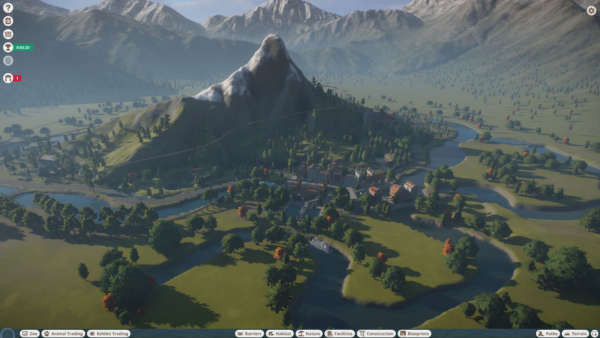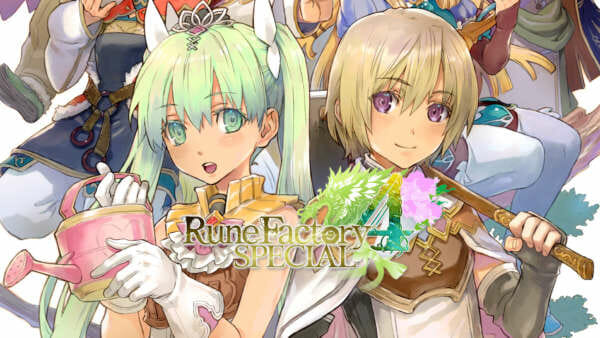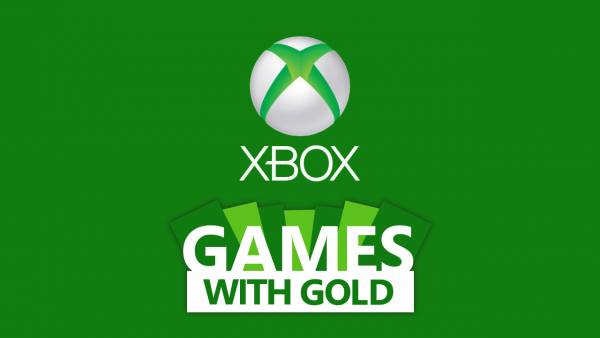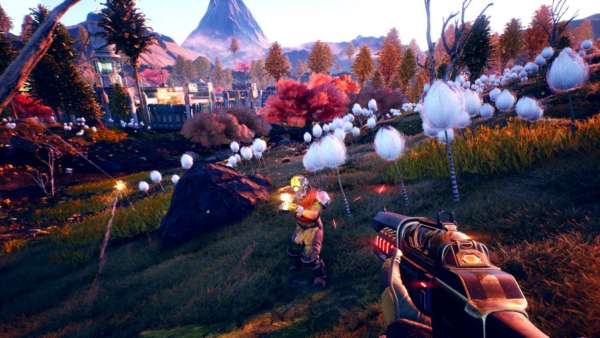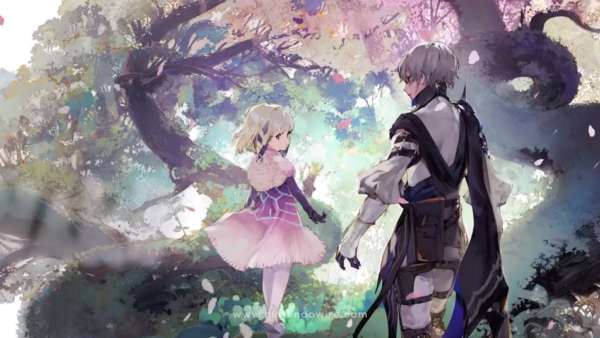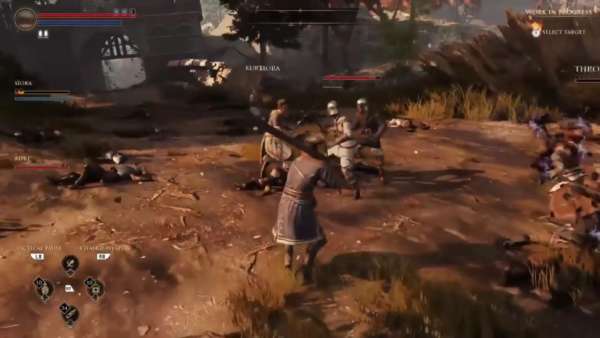The Milky way is a big place. It is big in the sense that the Arctic is a little bit cold. How do you convey that scope and scale into a video game? Bioware have a reputation for crafting large worlds, filled with unique lore and characters with tragic pasts galore. Sure Dragon Age has given us the continent of Thedas and KOTOR had the player zipping around that galaxy far far away to a handful of planets, but how do you translate that to not just planets or star clusters, but the entire Milky Way?
Bioware somehow found a way in 2007. The first part in their sci-fi trilogy managed to fit galactic exploration into just one persons point of view, Commander Shepard’s. A little under a year since the final part of the trilogy was released, EA have packaged all the series into one definitive box that chronicles the tale of the Shepard and their role in the galaxy through a series of events that lead to the whole galazy being threatened by an old menace.
Perhaps definitive isn’t the correct word. While the box does give players all three games in one nice box-set, it only comes with first games paid DLC and the free content given through the Cerberus pass system. While the amount of content is already pushing 80+ hours, some of the paid DLC would have been nice. This is especially true between Mass Effect 2 and 3, where important narrative content is left behind in the “Lair of the Shadow Broker” and “Arrival” DLC.
The first game has Shepard chasing the rogue Spectre Saren after he attacks a human colonies with an army of robotic AI soldiers. The plot slowly develops as the player visits different locations across the galaxy, peeling away at the spectres plans and motivations, constantly feeling like you are playing catch-up to the villain’s schemes. It serves as an introduction to the trilogy’s larger story and introduces a galaxy filled with varying races and cultures. The scars of war are everywhere, from the towering Krogan’s hatred for the lizard like Salarians due to a genetic plague or the Turian’s dislike for humanity after a bloody first contact. While at first the different races come off as stereotypes, the all wise Asari, the battle loving Krogan, the skittish but cunning Salarain’s, this is to give the player a base to put support later characters on and ease the process of getting into a galaxy full of personalities that fill out the series roster.
It has a much larger focus on the RPG elements than the later games. Players must micro-manage squad equipment from what gun, down to the type of ammo and mods they use. It wouldn’t be so bad except that every group of enemies drops new updated equipment. All enemies drop the same equipment that is either same level or higher than you are using currently. While that sounds like a great sense of power, which it does give, it also leads to a sort of loot-burnout that leaves players disinterested in upgrades as hundreds of upgrades pill up.
The game is also much more open than the later iterations. This is apparent the first time Shepard sets down on the citadel, a huge space station at the centre of galactic politics. You are free to walk around the daunting structure from area to area. While it is engrossing to walk around the hub-like area from end to end, it is easy to see why it was done away with in later instalments. Long trips and a maze like design make it somewhat infuriating until familiarity with the layout is established, and side-quests involve a lot of tedious back-tracking in boring elevator scenes that mask load-times.
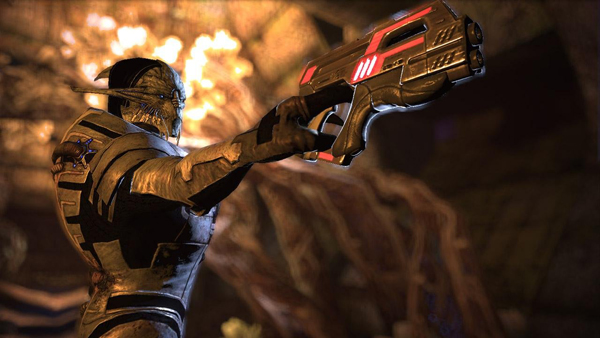
Saren doing his villian thing
Vehicle exploration is also another feature later taken out, with players exploring the surface of planets to find resources, scavenge equipment or complete side-objectives. While at first this sounds great, travelling over mountains in a 6×6 tank-like monstrosity, but it quickly becomes aggravating with poor PC controls and badly designed geometry that have you crawling up near vertical cliff faces at an agonizing pace at an odd regularity.
The game uses an older version of the unreal engine than is used now, so expect some muddy textures even on the highest setting. While loadings times even on older machines are blindling quick, texture pop-in is prevelant and the textures look nasty up close except for character faces which show a good amount of detail.
The first game is a good game, but it hasn’t aged that well. What was great when it first came out has been improved upon, and the rough patches seem just a little bit worse. While perfectly enjoyable and a fitting introduction to the series, it can be a turbulent ride across the stars.
Mass Effect 2 takes place two years after the first with the destruction of the Normandy. This game is a much darker beast than the first with a more mature tone of worsening desperation and galactic unease. The design is more streamlined with easier cover based shooting and power usage. Much of the exploration is done away with to make room for smaller areas and missions that keep the plot constantly rolling that put the characters in more unique situations.
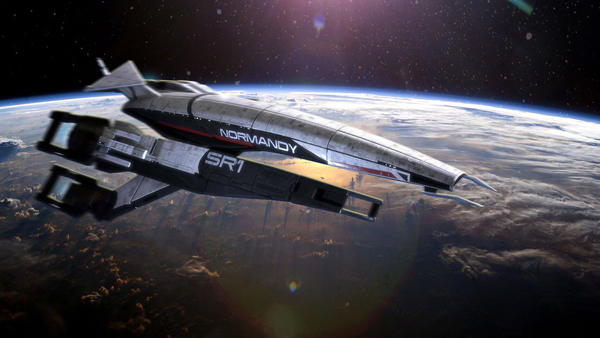
The Normandy begins to feel like home by the time the second game begins, one that occasionally explodes
The story has Shepard allying themselves with Cerberus, a shadowy organisation trying to find out why human colonies are disappearing across the galaxy. A large portion of the game has Shepard building a team of specialists for what the game refers to as a the “suicide mission”. It is upfront that the mission has higher of success with more members recruited and if they trust you. People are expected to die, and only players who spend time gathering all the necessary resources will come out unscathed.
The squads varying personalities are a delight. Characters such as Samara with her deeply tragic back-story compliment the games tone or worsening times. With many characters setting the high tone, a few slip through and that makes them much more noticeable. An early character Jacob is a little too every-man, with little to define him while surrounded by characters with well defined and unique motivations.
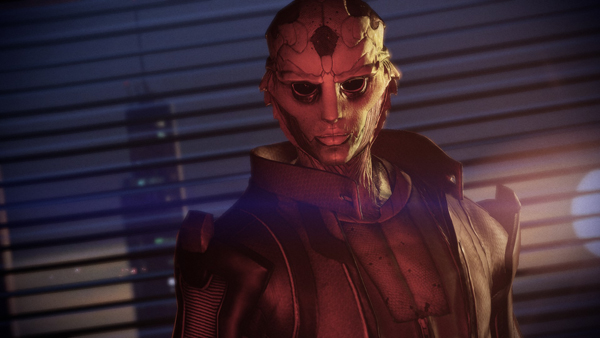
Thane Krios, a fan favourite, is one of the more memorable characters
The more streamlined design works to the better of the series. Players can now only choose from a handful of weapons and specialised powers. Areas are better designed for quick and fluid combat rather than the casual mess that was the first game. It makes the game much more enjoyable seeing how much time is spent fighting the varied types of enemies. The limited ammo also makes sure that you don’t rely on one weapon, but instead must change from your limited load-out, keeping combat varied and interesting.
Graphically the series takes an almighty bound forward. A better defined art style from the first game is complemented from an increase in graphical fidelity. Textures no longer pop-in and are more crisp and defined. Character models get a minor bump that showcases every little scratch on a Turian’s mandable. It is a massive improvement over the first games lack of definition.
The second game is a more enjoyable package from the first. It cuts much of the fat that dragged down the first and improves on what is kept. The well-written characters and choices from the first game haunting you as you progress make the Milky way a more engaging place to explore, and the improved gun-play makes the action more engaging.
The third game takes place six months after the second and mixes design choices from the previous two games. Commander Shepard is relieved of duty, and stuck on Earth. Shortly after standing in front of a military tribunal Earth is attacked and it is up to Shepard to save both Earth and the galaxy from being exterminated.
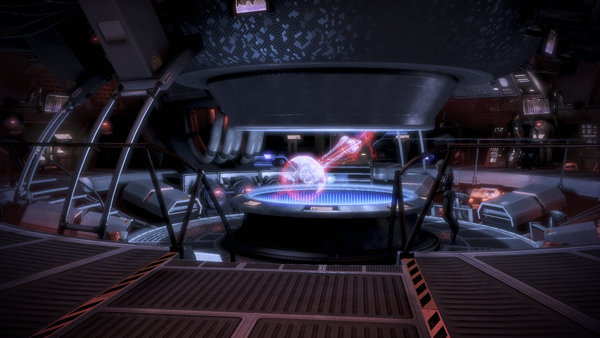
The Normandy’s newest addition, the war room
The game is the culmination of all the themes the story has been leading to till now, war and conflict, organic and synthetic, sacrifice and loss and the price of our actions. A dark enemy falls on the galaxy and only Shepard knows how to defeat it and must rally the galaxy against them.
Much like the suicide mission the game has a clear objective, and shows how ready you are for the final conflict. As you gather resources to use in the final battle a number increases that presents how your forces stack up against the odds. Sadly the game also expects you to delve into the multiplayer to increase this number. While it is entirely possible to get access to the best endings without touching the online aspect, it is easier to play online to increase the relevant numbers. Even though the multiplayer itself is well developed and can be fun with friends, it brings down the experience of the single-player overall.
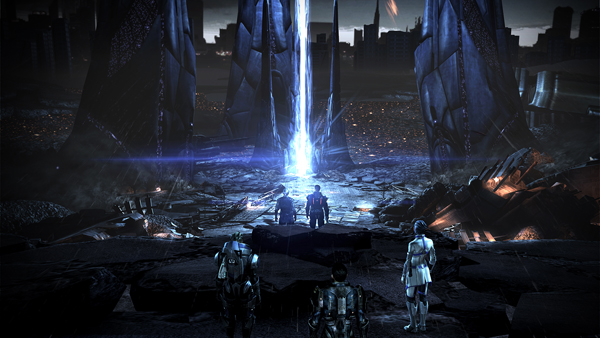
Looks safe
A few features from the first make it back, such as weapon mods, but thankfully doesn’t over-complicate things. A small number of options are given to define a players style. Players are no longer restricted to specific weapons by class, but by what weight they are prepared to carry at the cost of power recharge times. The squad selection is much tighter too with only a few choices on who to take, made up of mostly returning characters. The story. however. takes the players to locations where almost every event is with or for a squad mate from a previous game. It’s a cavalcade of nostalgia for any fan of the previous games.
The story completes every characters plot arcs from the past two games. Previous shipmates give some form of emotional pay-off, with plenty of room for possible deaths, redemptions and heart-warming moments. Shepard is also given much more of a personality. While previously almost every piece of dialogue for Shepard has been chosen by the player, this time Bioware took a step back and Shepard now regularly can have conversations with little player input. At first it can seem off-putting not having control over a character you have shaped so much, but it leads by much more effective emotional pay-offs and is for the best overall.
The graphics stay mostly the same apart from a few sharper post-processing effects and an increase in facial modelling. Explosions go off with added flare, and intense emotional scenes drip with emotion as the characters are wonderfully captured with an impressive amount of detail. A few players may double-take from how different their Shepard looks with a few added polygons.
It is hard to talk about the third without mentioning the issues Bioware had with the ending. The ending options tie in to the previously mentioned war assets. Lower numbers give less endings and change minor details, whereas larger numbers offer more choice with better outcomes. The original ending does end the series with a bang, but don’t give many answers on the direction the universe takes after your choice making the climax seem vague and detached. The free extended cut DLC remedies many of the complaints, spelling out some of the more obscure plot-relevant information as well as an extended epilogue that explains how the universe has altered for the better or worse. It all concludes the story of the Shepard in one of the most cinematic endings in gaming that will be remembered for a while, even if not for all the right reasons.
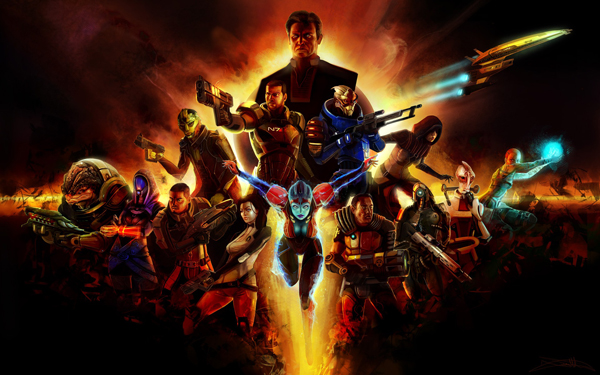
Say hello to your interstellar family
The music across the whole series is excellent in selling every moment of the series. The score for the first game mixes conventional instruments and synthesizers to create a sound that feels remeniscent of old sci-fi movies. This wanes as the series goes on for a more traditional orchestral score but certain tracks return across the series that hit like a wave of nostalgia when you last hear them 60 hours of game ago. The final games score constantly hits a tone of desolation and sadness that tinges the entire game a colour of desperation that few games can reach. At points the game forgoes all dialogue to let the music do the talking, and it works.
With a series that grew to become so complex it is no surprise it had a few growing pains. As the series progressed however it has become one of gamings most cinematic series that mix effective player choices with deep plot lines. Almost all the characters are a joy to interact with in a universe that features too many characters to count. The 80+ hours needed to experience the trilogy from end to end are filled with many of gamings most memorable moments with some of the most heart-rending decisions ever digitally produced. It is a testament to gaming and well worth your time and money.
